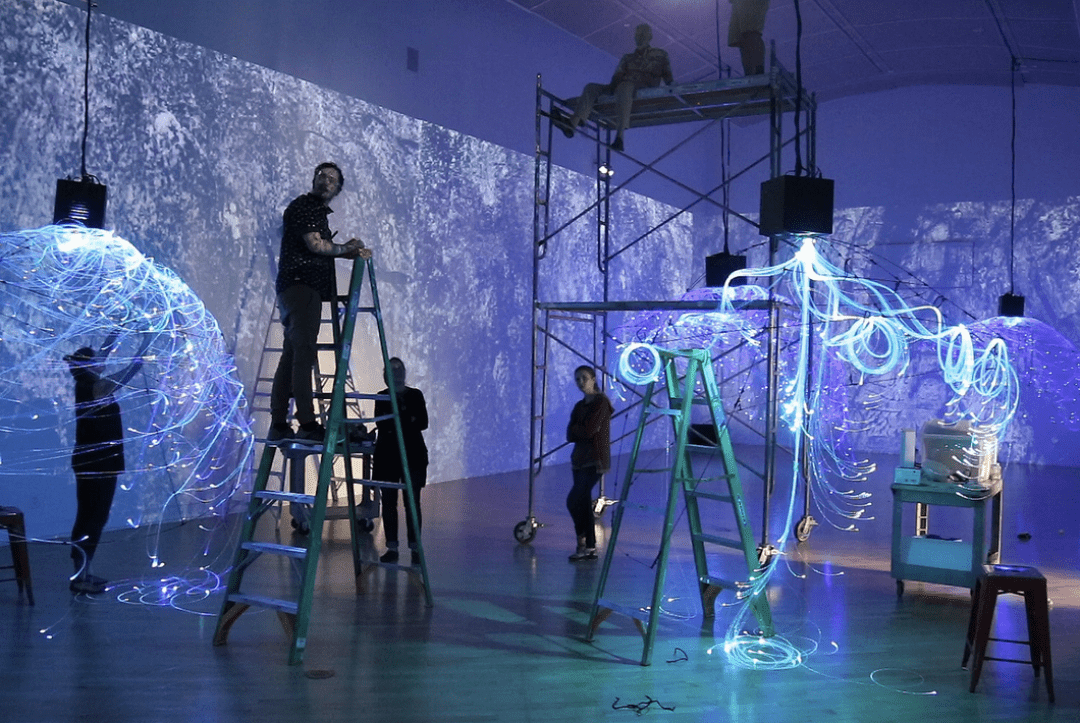
A post-election poll by Montana State University political scientists and the Montana Television Network analyzing the behavior of Montana voters in the November election showed that a majority of independent voters and a small percentage of moderate Republicans who crossed party lines to vote for Democratic incumbent Jon Tester, were major factors in his re-election to the U.S. Senate.
The results of the MSU/MTN post-election poll, which returned by 1,424 Montana voters, indicated that 61 percent of voters who consider themselves independent voted for Tester, while about half that many, or 34 percent of independents, cast their vote for Republican challenger Matt Rosendale.
David C.W. Parker, an MSU professor of political science who led a group of political analysts in both the post-election poll as well as a similar pre-election poll, said an additional seven percent of Republican voters who crossed party lines to vote for Tester also were essential to the Democrat’s victory.
Parker said the loud, expensive and contentious run-up to the November election and the four Montana visits by President Donald Trump had the effect of driving voters firmly to their ideological homes rather than changing minds.
The poll, released today by MSU and MTN, indicated strong party unity among Democratic voters. A full 99 percent of Democratic voters said they voted for Tester as opposed to 91 percent of Republican voters who said they voted for Rosendale. Parker said that analysis of the Republican cross-overs indicated that they were primarily older, male, educated moderate Republicans. “We call them country club Republicans,” he said.
Parker added that the unprecedented four trips to Montana by President Donald Trump to campaign against Tester, who offended Trump by opposing Trump’s nomination of Ronny Jackson as secretary of Veterans Affairs, also had a galvanizing effect on political affiliations of Montana voters. Tester serves as the ranking minority member of the Senate’s Committee of Veterans Affairs, and Jackson later withdrew his name. However, Trump vowed he would do whatever he could to defeat Tester, making the most presidential campaign visits to Montana in its history.
Forty-five percent of respondents to the MSU/MTN poll said their opinion of President Trump was a factor in the Senate election. Thirty percent said their vote was a vote in support of Trump and 24 percent said it was in opposition to Trump. A full 70 percent of respondents said they decided whom they would vote for more than four weeks before the election.
Parker said those results are important because they indicate that Montanans are independent-minded, they don’t necessarily approve of the job Trump is doing and a small amount of moderate Republicans are willing to break ranks to support an opposition candidate who they do think is doing a good job.
Parker said if there was an unintended beneficiary of Trump’s visits it was likely Greg Gianforte, the Republican incumbent for the Montana U.S. House seat running against Democratic challenger Kathleen Williams.
“Tester slightly outperformed pre-election polls, despite the visits, and did better than Williams,” Parker said. He said that historically voters in House elections tend to adhere to party lines and also more often vote for the incumbent in House races as opposed to Senate and national elections.
Parker said the galvanizing effects of the Trump visits and the amount of money that was spent on the election – Tester spent $20 million on the campaign and Rosendale spent more than $5 million-- likely resulted in voter turnout of 71 percent, high for a mid-term election.
“What ads tend to do is remind voters of their partisan values,” Parker said. “We see that most clearly with Republican voters. This is the same with the visits by Trump. What they did was voters were pushed back into their partisan camps.”
Also key in Tester’s victory, Parker said, was a very high turnout of young voters, particularly in Missoula and Gallatin counties “who overwhelmingly voted for Tester.”
While a large majority of independents voted for Tester, that was not the case for Williams, the post-election poll indicated. A slight majority – 53 percent of independents, which is not enough to swing an election in a Republican-leaning state – voted for Williams, as opposed to 43 percent for Gianforte. A full 99 percent of Democrats voted for Williams and 95 percent of Republicans voted for Gianforte.
Parker said he believes voter familiarity was more of a factor in Williams’ loss than gender. It was the first time that Williams had run for a statewide office and it was the third time that Gianforte had run.
The post-election poll also found that 53 percent of voters believed that Gianforte’s 2017 assault of journalist Ben Jacobs, a reporter for The Guardian newpaper, mattered a great deal or a good amount in their House vote. Unsurprisingly, those who viewed it as such overwhelmingly voted for Kathleen Williams: 95 percent saying it mattered a great deal voted for Williams versus only 7 percent of those saying it mattered not at all. Conversely, 90 percent indicating it mattered not at all voted for Congressman Gianforte.
The post-election poll was the second conducted in 2018 by MSU and MTN. The MSU-MTN poll quite accurately predicted the final vote in the House and Senate races. The pre-election poll predicted that Tester would win re-election by 3 points, and he won by 4. The same pre-election poll also predicted that Gianforte would win by 7.5 points and he won by 5 points. Parker said because the pre-election poll surveyed Montana voters who were registered by Aug. 14, the large number of voters registering after that date were not included in the post-election sample. This means younger voters in the survey’s sample are not likely representive of those who cast ballots overwhelmingly for Tester and Williams, particularly in Gallatin and Missoula counties.
The pre-election poll had 2,057 respondents. The follow-up post-election poll was mailed the day after the November election and collected between Nov. 8 and Dec. 14. There were 1,424 respondents to the post-election poll. The poll’s margin of error is plus or minus 2.6 percent.
Parker will release post-election poll analysis of Montana voter initiatives tomorrow. Thursday’s results will analyze popularity of Montana politicians among the state’s voters.
For more information about the survey results, go to http://helpslab.montana.edu/.










News Comments
Thank you
Open Auditions for Annie
Monday, Sep. 16, 2024
I’m at the Bozeman airport where your painting, “Blowing East” is displayed. It’s absolutely gorgeous! Bravo, Marci!!
The Artists’ Gallery in Bozeman’s Emerson Cultural Center May Exhibits
Sunday, Jun. 30, 2024
This is so typical of a sign in, which we should not have to do to check if we or some one in our party got a permit. I have been working or "creating an account" for 30 minutes and just get the same ...
Smith River permit drawing results available
Sunday, Mar. 10, 2024
I have struggled with this podcast and my own participation therein, the event itself obviously traumatic, but beyond that my inability to reach anyone and convey anything resembling truth. The person ...
Billings, MT Case Becomes True Crime Podcast | 'An Absurd Result'
Marktokarski
Saturday, Jan. 20, 2024